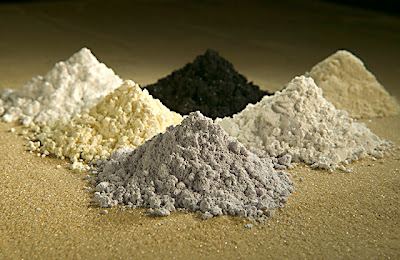India Versus China!
The IIPM Think Tank brings to you the Most Recently updated Statistic set on where India Stands Economically Compared to China; And to No One’s Surprise, The Distance between the Two Has only Gotten Wider
According to a report by Morgan Stanley in 2004, India’s economic development at that time was 13 years behind China’s. Two years later, Bruce Einhorn, Bloomberg Businessweek‘s Regional Editor, Asia, updated that figure to 163 years! He in turn was quoting Gangan Prathap, chief scientist at the Centre for Mathematical Modelling and Computer Simulation in Bangalore, who, through seat-of-the-pants calculation, showed how “India will take at least 163 years to match China’s research workforce of 850,000 even if Beijing were to freeze the number today.”
When it comes to the selection of the one most powerful country in Asia, the competition between two nations – India and China – has ended up looking like a situational comedy; in the sense that such talks seem more like humorous discourses, given the mammoth lead China has taken on all fronts over India. Here’s a snapshot view.
If China recently became the world’s second largest economy with a GDP of $5.7 trillion, India is still struggling to maintain the tag of a trillion dollar economy ($1.2 trillion at current prices). Dr.Albert Keidel of Carnegie Endowment had predicted two years ago that the Chinese economy would surpass the US economy (currently at $15 trillion) by the year 2035 and be twice its size by 2050. On November 10, 2010, the Wall Street Journal quoted the Conference Board finding that the Chinese GDP, at PPP standards, could overtake the US economy by 2012 itself. As per a Goldman Sachs report, India will overtake US to become the world’s second largest economy (behind China) by 2050.
If that’s not enough a depressant for the India hawks, let’s go to the industry specific statistics. India’s construction industry is expected to reach $60 billion in 2010 with a real growth of 14% (for 2007-2011) and a value that is expected to reach $130 billion in 2011; compare this to China’s construction industry that was valued at $150 billion in 2006 itself! FDI in China is pegged at 6% of domestic investment since 2000; whereas in India, it is estimated at 4%.
From July 2009 to March 2010, vehicle sales in India had increased by 22%, with car sales growing by 24% and touching historical highs in October 2010. Despite that, while Indian companies sold 1.43 million cars in FY2009-10, China saw 13.6 million cars being sold in the same period. General Motors alone sells more cars in China than all the car manufacturers in the world put together sell in India. The Chinese Ministry of Public Security recently announced that there are around 85 million automobiles on China’s roads! China is the second largest consumer of oil while India is the 5th largest consumer of oil. China’s share in global trade is more than 5% while India’s is just 1/6th of China with 0.9%. China’s merchandise exports quintupled in value and contributed 9% to world exports (between 2000 and 2007) while India’s export share to the world trade increased from 0.7% to 1% in the same period (It takes around 4 months for a cargo to reach US from India compared to 1.5 months from China).
A similar trend is visible in usage of technology as well. A study by Informa Telecoms & Media shows that there were 508 million active mobile subscriptions in India as of 2009 while China had 773 million active connections. India on an average has 50-60 million Internet users and 7.4 million broadband connections while China has over 420 million Internet users with over 130 million using Internet for online shopping. The only respite for India comes in outsourcing. The Chinese government mouthpiece, People’s Daily, accepted in October 2010 that “India, which is similar to China in many aspects, yields more than 34 percent of global offshore outsourcing services, 10 times more than China does.” At the same time, with their shrewdest tactical planning, as per a July 2010 KPMG survey, China has succeeded in taking over India as the “primary destination of outsourcing & shared services” for Asia-Pacific firms.
In defense too, China is well endowed. China’s annual military expenditure is estimated to be around $80-90 billion; making it the second largest country in terms of military spending, while India’s annual military expenditure is around $30-40 billion, making it the 10th largest.
In this whole saga of becoming a superpower, where optimists consider India to be like the tortoise of Aesop’s fables, the real world is pretty different. For the hare here is in no mood to take a nap, while the Indian bureaucracy and political bench is mired as deep in controversy and corruption as can be shamefully possible! While China executed the former head of state food and drug department on corruption charges, India has not even succeeded in putting in jail the former telecom minister Sukhram, who is still out on bail despite having been convicted on corruption charges in a 13 year old case! India versus China? It’s time we own up to reality and stop the irrational comparisons.

















